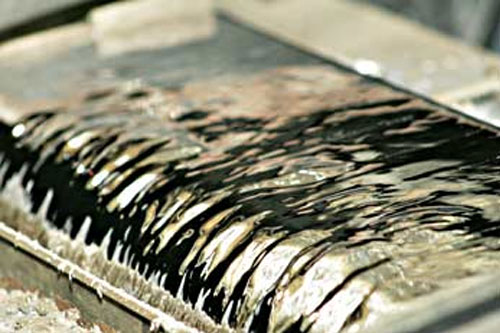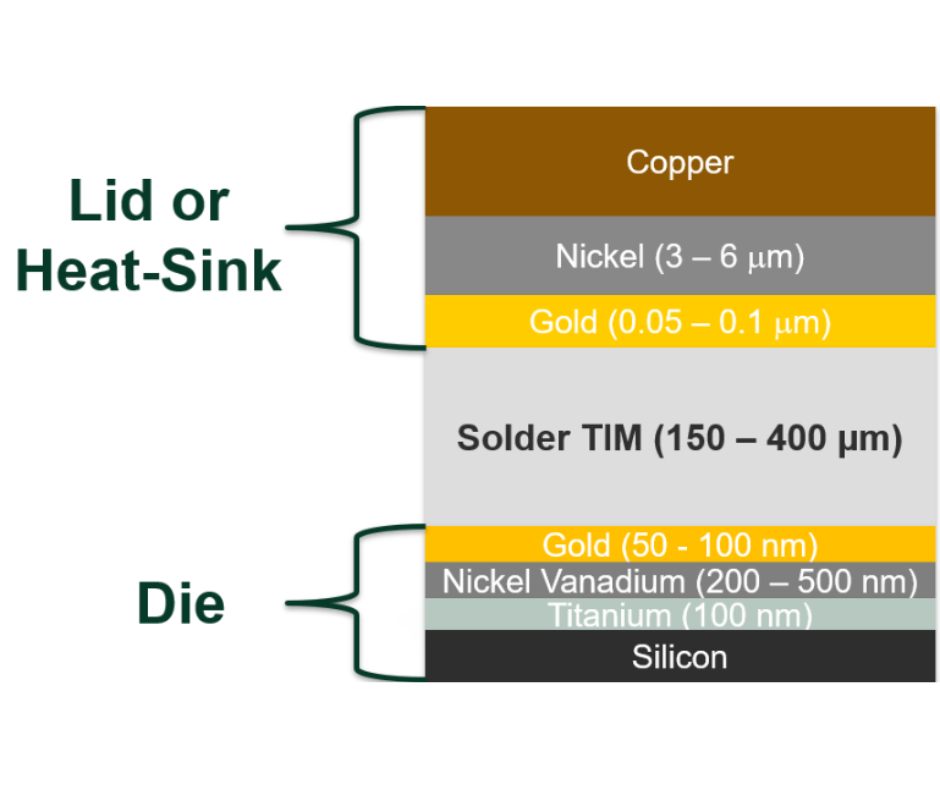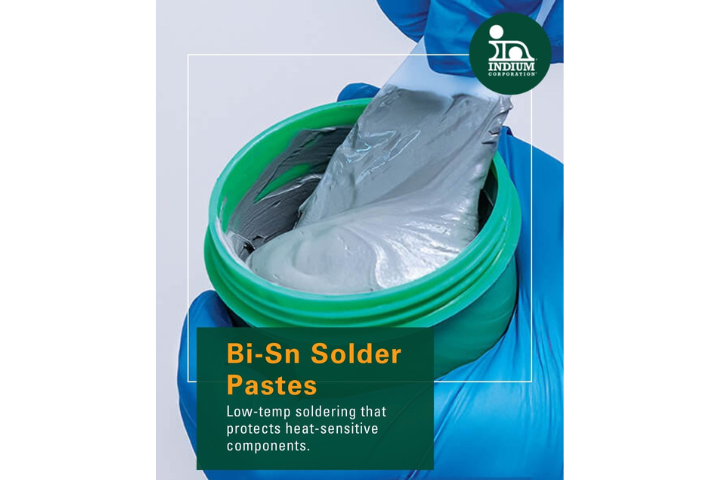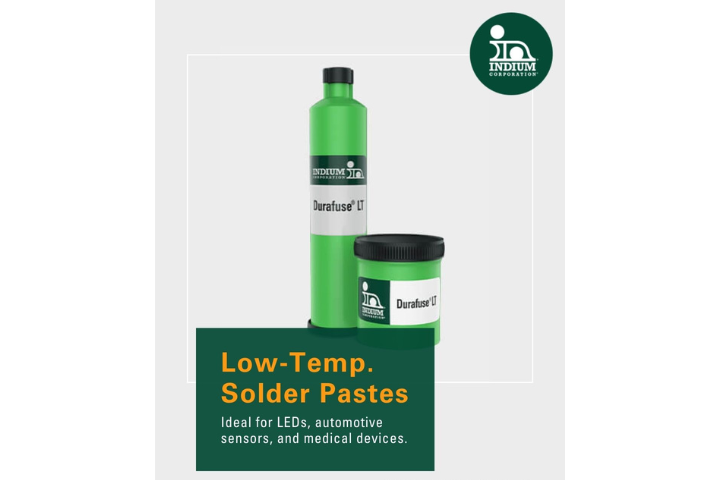The title of this blog is a little misleading because it is actually going to focus on aninappropriatemethod that is sometimes used in wave solder flux evaluations.
It is always desirable to identify a technique which allows someone to evaluate a material in the quickest, cheapest, and most conclusive manner possible. But wave soldering is one of those processes that is rife with nuances. Any attempt to abbreviate awave solder flux evaluation is going to produce misleading results.
One such attempt at an abbreviated wave solder flux evaluation is the use of a solder wetting balance. Solder wetting balance testers are available from companies like Malcomtech International and Gen3Systems. These devices certainly have their value. But, perfectly emulating a wave soldering process is not what they are designed to achieve.
If you take the time to think about the wave soldering process in detail, you will easily discover the inadequacies of using a wetting balance test for evaluating a wave solder flux.
During the wave soldering process, a predetermined and controlled amount of wave flux is applied to one side of the populated PCB via spraying or foaming. The PCB passes through a preheat to activate the flux and volatilize the flux solvent(s). During the preheat/flux activation stage, the flux cleans the surfaces such that when the populated PCB passes through the solder wave, the solder will readily wet and flow on the PCB and component leads. The preheat also "dries" the flux so that when the fluxed PCB makes contact with the solder wave, rapid boiling and spattering of the flux does not occur. Spattering flux can cause solder to be deposited all over the PCB assembly. Furthermore, in a no-clean process, wet raw flux left on an assembly, after wave soldering, poses an electrical reliability risk. After the preheat/flux activation stage, the flux enters the solder wave and soldering occurs. The actual flow of the solder wave also tends to "wash" off some of the flux.
Typically, when a wetting balance test is done, the amount of flux is not controlled when applied to the test coupon. The test coupon is often dipped into a reservoir containing the flux. And whether or not that amount of flux adequately mimics the amount of flux that would be used on an actual assembly is unknown and questionable. Then, the suspended coupon is lowered into a static vessel of molten solder (on some equipment a stage containing the vessel of molten solder is raised up until it contacts the suspended test coupon). The coupon is often introduced into the molten solder, edge-first, which does not mimic soldering to surfaces that may be flat and parallel to the surface of the solder (i.e. the PCB surface). But, the biggest problem with this evaluation technique is that there is little or no preheat/flux activation. Therefore, the flux has no opportunity to clean the surfaces like it would have in a true wave soldering process. The simple lack of preheat/flux activation will make the results of such a test virtually worthless and very misleading. Furthermore, because of the lack of the preheat, the flux may still be "wet" (contain solvent(s)) when it gets introduced into the solder. The flux solvent(s) can interfere with wetting and flow of the solder until they boil off. That would potentially produce widely different results just based on the solvent(s) in the flux. For example, a water-based VOC-Free flux is going to stay "wetter" longer than an alcohol-based flux. Now you have introduced another variable that would have been done away with during the preheat/flux activation stage of a real wave solder process. And lastly, because the solder is static, as opposed to a flowing solder wave, another discrepancy or variable is introduced.
So, when it comes to evaluating a wave solder flux, the best and, perhaps, only way is to do it is on a proper wave solder machine using a process that mimics what would happen to a real PCB assembly. Only a real wave soldering process is going to contain all the nuances that a wetting balance test is going to lack.





